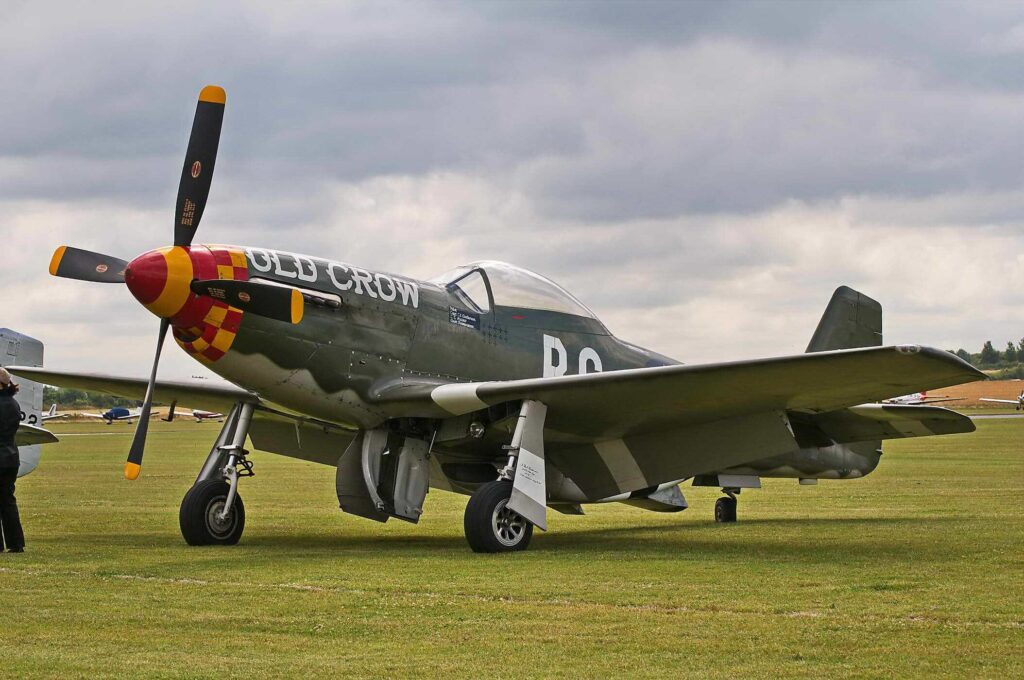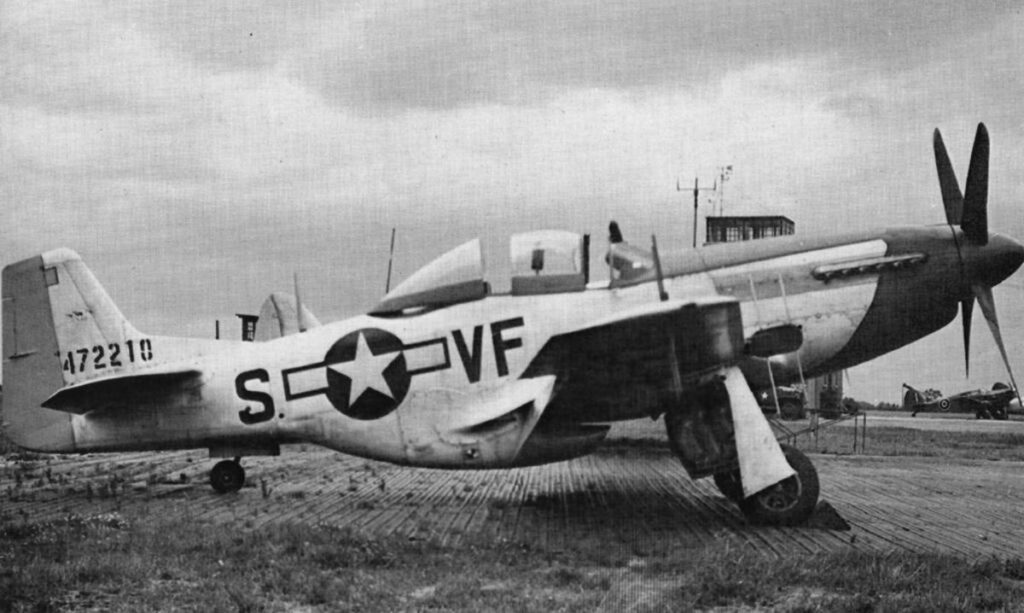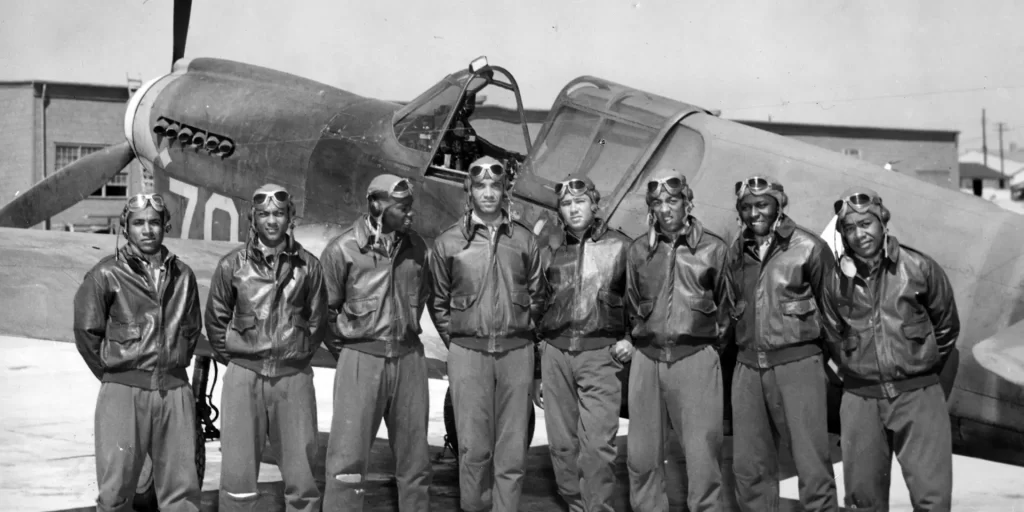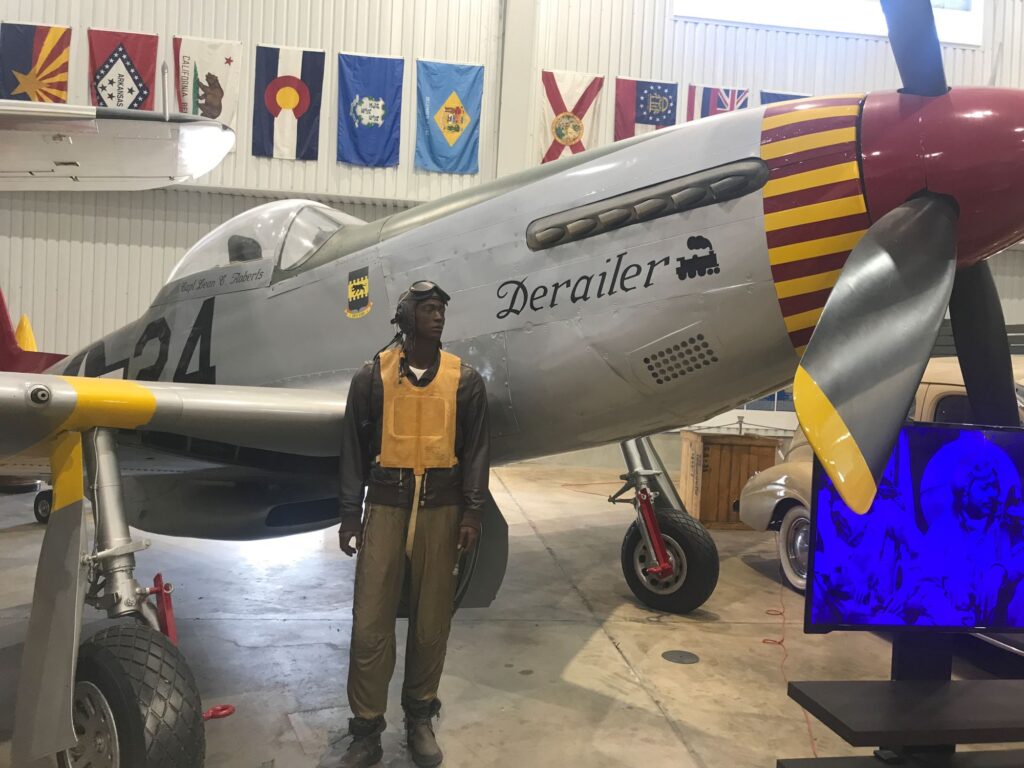Heroes: Men and Machine
Another starring aircraft in the Office of Supernatural Directives Adventure Wolves in the Mountains is the P-51 Mustang. This plane was arguably the best fighter aircraft produced during the war.
Commissioned by the British Royal Air Force through North American Aviation, the first Mustang flew in 1940. By 1942, they were flying with the RAF. But engine performance and altitude restrictions kept them in a ground attack role.
Soon engine, armament, and external fuel tank upgrades made the P-51 more versatile and quite indispensable, especially flying escort missions for American daylight bombing raids over Germany.
About 13,300 Merlin engine-powered Mustangs were produced in the United States. Though production contracts were canceled at war’s end, the P-51 remained in service with the Air Force for several years thereafter. P-51s even flew ground-attack missions early in the Korean War, were flown by Nationalist forces in the Chinese Civil War, and also by Israel in the 1956 Sinai invasion. P-51s continued to serve in less-developed countries for decades and the last one was retired from the Dominican Republic air force in 1984.
The P-51 was a single-seat fighter, but a limited number of the two-seat trainer version Mitch flies in the story were built.
Mitch borrows the P-51 from fictional Captain Wallace Jackson of the factual 99th Pursuit Squadron, often referred to as the Tuskegee Airmen. After the Army had been re-segregated by President Woodrow Wilson, African American men did not serve in combat positions. A big leap back to sanity happened on July 19, 1941 when black men began training to be pilots on the grounds of Tuskegee Institute and at Tuskegee Army Air Field. These men became members of the all-black 99th Pursuit Squadron.
In April 1943, they deployed to North Africa and then Sicily flying P-40 fighters with tails painted bright red. The 99th was later moved to Italy. After February 1944, the pilots began flying P-51 Mustangs to escort the heavy bombers of the 15th Air Force
In more than 200 escort missions, the Tuskegee Airmen only lost around 25 of the bombers they escorted, a much better success rate than the average of 46 bombers lost by other escort groups of the 15th Air Force. By war’s end, the Tuskegee Airmen had flown more than 15,000 individual sorties over two years in combat. They destroyed or damaged 36 German planes in the air and 237 on the ground, as well as nearly 1,000 rail cars and transport vehicles and a German destroyer. Sixty-six Tuskegee-trained aviators were killed in action and 32 were captured as POWs.
There is a copious amount of history available about this amazing unit, and I encourage you to dive into it head-first.
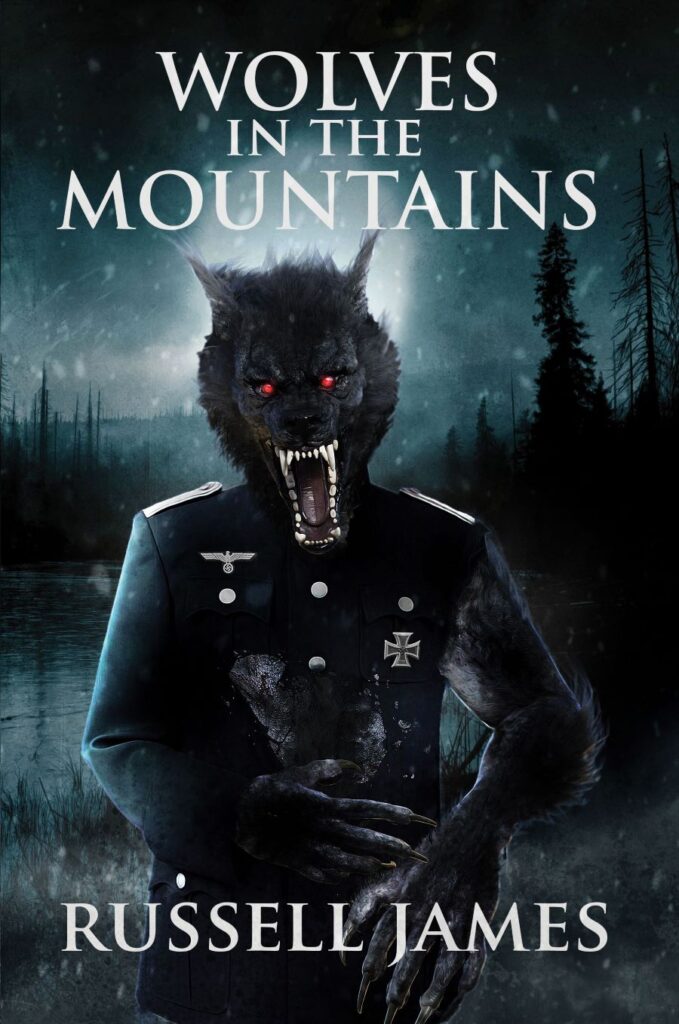
You can read all about Mitch flying the P-51 and her exploits with the OSD in Wolves in the Mountains through this link to Amazon, or wherever you prefer to buy your books.

